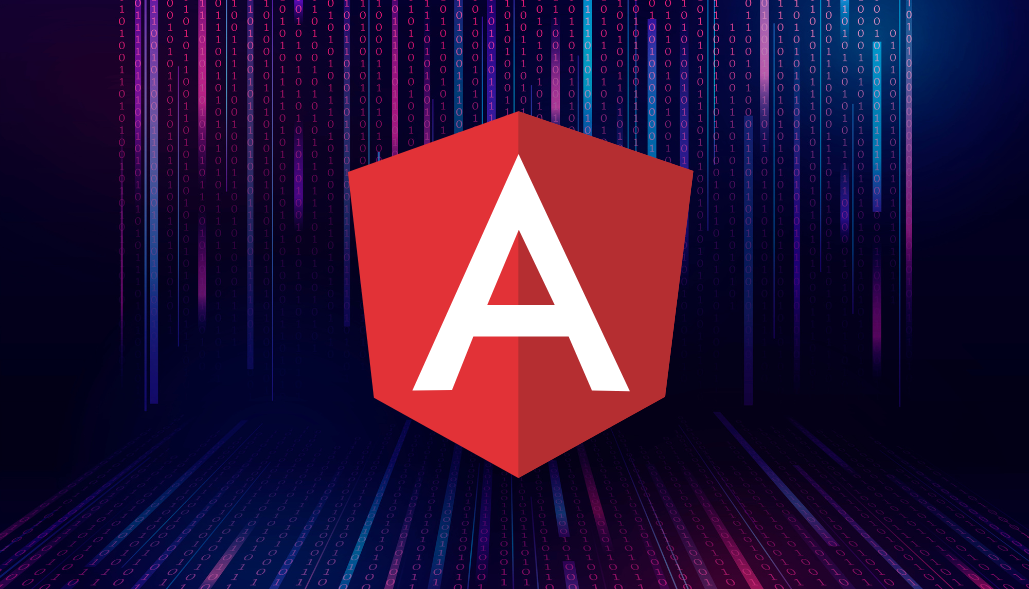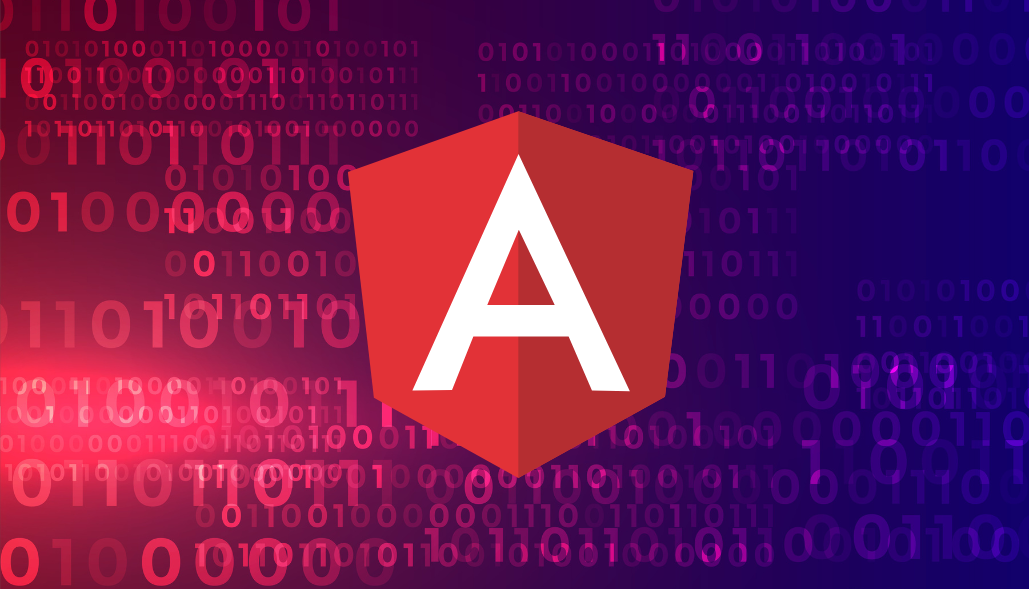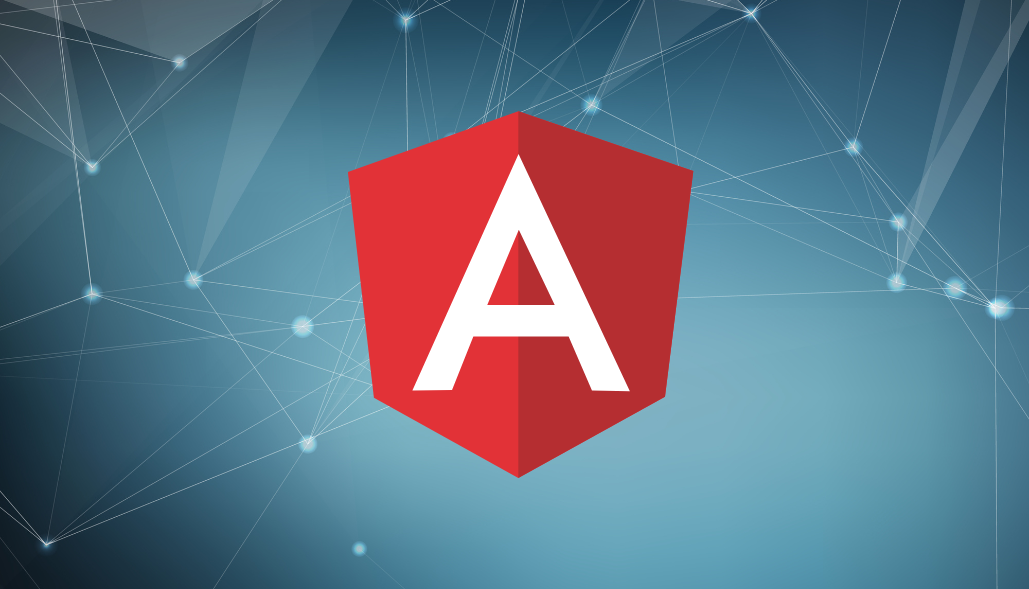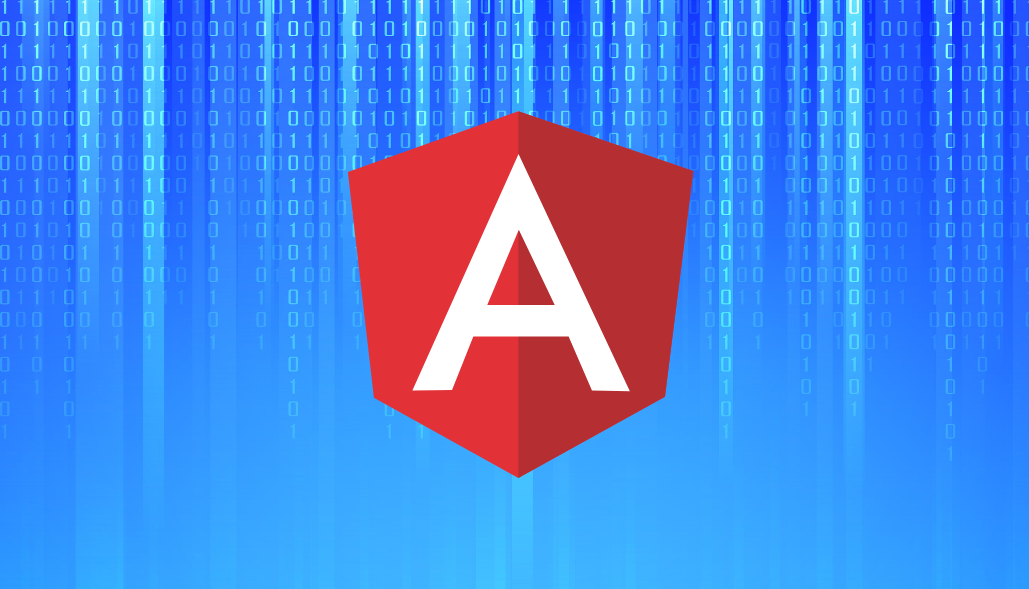AngularUI’s modal consist of 2 controllers the default controller $modal is a service to quickly create AngularJS-powered modal windows and the other one is to handle $modelInstances.
Here’s a simple example to illustrate $modal and $modalInstance within one controller in AngularJS:
1. You don’t have to create a new controller for created modal just do this:
angular.module('app', ['ngAnimate', 'ui.bootstrap']);
angular.module('app').controller('ModelCtrl', function ($scope, $modal) {
$scope.items = ['item1', 'item2', 'item3'];
//I have a few more scopes to be used in the model
$scope.open = function (size) {
var modalInstance = $modal.open({
animation: true,
templateUrl: 'myModalContent.html',
size: 'lg',
scope: $scope
});
modalInstance.result.then(function () {
}, function () {
});
};
$scope.ok = function () {
modalInstance.close($scope.selected.item);
};
$scope.cancel = function () {
modalInstance.dismiss('cancel');
};
});
2. In that way all the logic is in the same controller and you don’t have to create a separate controller for each modal window.
(function(){
var app = angular.module('ngModalDemo', ['ui.bootstrap'])
.controller('formController', function($scope, $modal){
$scope.openModal = function () {
var modalInstance = $modal.open({
templateUrl: 'SomeModal.html',
controller: [
'$scope', '$modalInstance', 'data', function($scope, $modalInstance, data) {
$scope.data = data;
$scope.ok = function() {
$modalInstance.close();
};
$scope.closeModal = function() {
$modalInstance.dismiss();
};
}
]
});
};
})
})();






